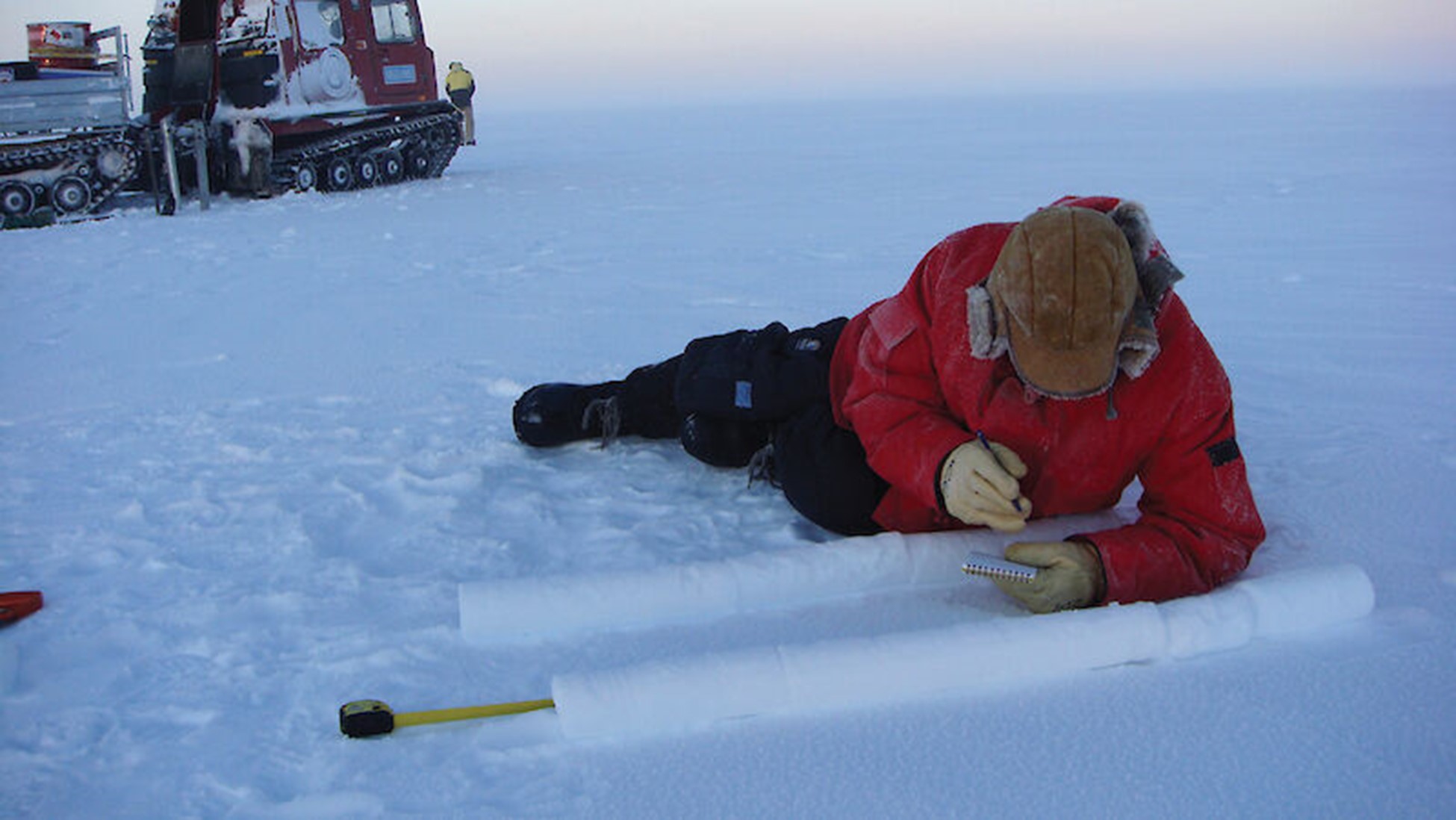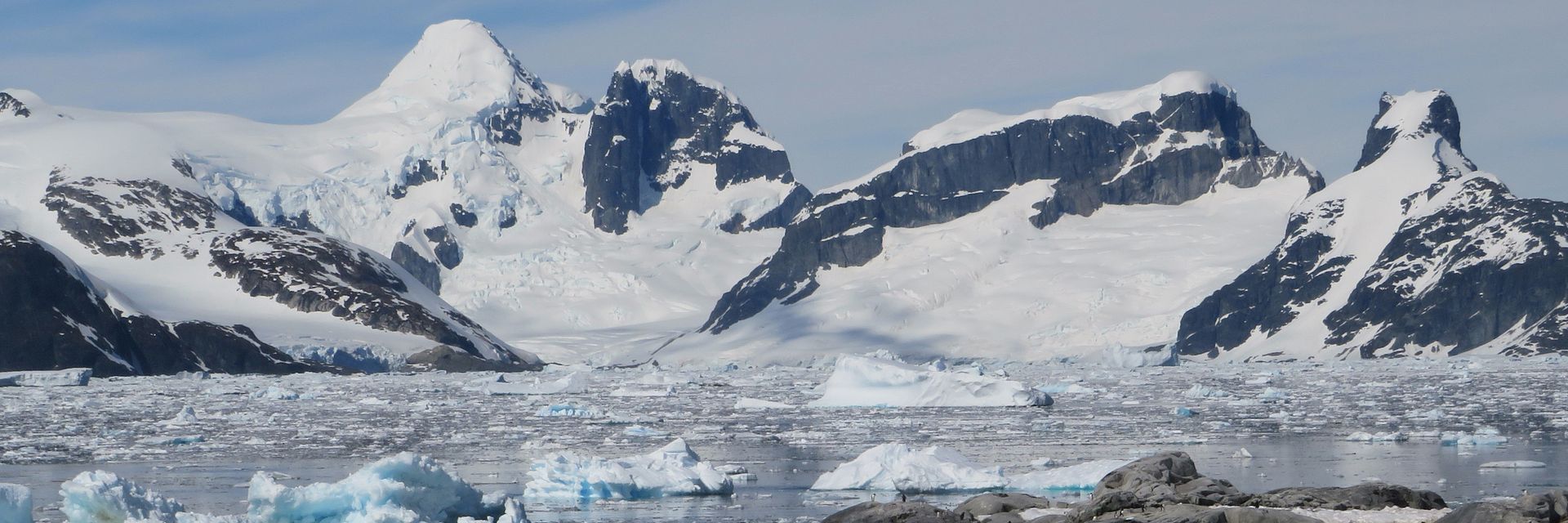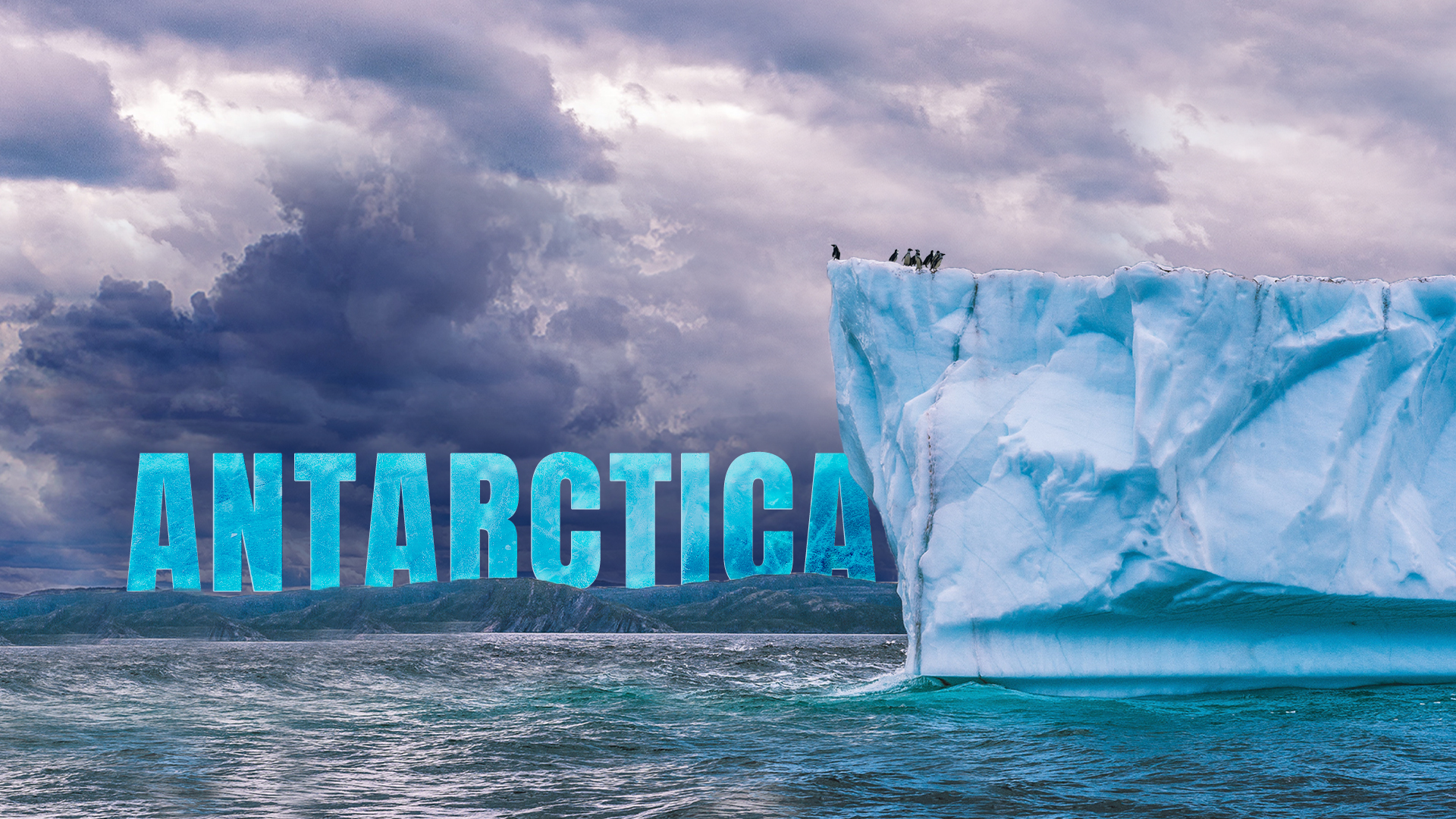Believe it or not, our planet’s largest desert surrounds the South Pole.
◊
What pops to mind when you think of a desert? Hot sun? Limitless sandy terrain? Vast, barely inhabitable spaces with evocative names like Sahara, Kalahari, Atacama? Then it might surprise you to learn that the continent of Antarctica is, in fact, the largest desert on our planet.
Spanning the entire 5.4 million square miles (14 million square kilometers) of the continent, and often misunderstood as a desolate wasteland, the Antarctic Polar Desert (or just Antarctic Desert) holds a mesmerizing array of scientific wonders. From its extreme temperatures to its vital role in climate research, it stands as a testament to the beauty, resilience, and global significance of Earth’s southern polar region.
For more on the sprawling, frozen continent, check out the MagellanTV documentary Antarctica.
Antarctica’s Unforgiving Environment and Frozen Landscape
The Antarctic Desert is a realm of ice and isolation, where temperatures regularly plummet below -40 degrees (both Fahrenheit and Celsius). Vast ice sheets, glaciers, and towering icebergs shape the breathtaking landscape, creating an otherworldly spectacle. Some areas are below sea level, while others are dominated by mountains rising higher than 14,000 feet. And frigid Antarctic winds etch intricate patterns in the limitless white surface, showcasing the remarkable artistry of nature.
Despite its harsh conditions, this frozen frontier hosts a diverse array of wildlife, including 18 penguin species and six species of seals, which have adapted to thrive in the hostile environment. Ever on the hunt for penguins, seals, and fish, orcas patrol the coasts.

Gentoo penguins (Credit: Barend [Barry] Becker, Australian Antarctic Program)
Scientific Exploration and Climate Research
The Antarctic Desert plays a vital role in advancing our understanding of Earth’s climate history and its delicate balance. Researchers from around the world endure the extreme isolation and cold to unlock the secrets locked within this icy realm.
By drilling deep into the Antarctic ice sheets, scientists retrieve ice cores that serve as time capsules, preserving atmospheric data and ancient air samples. These ice cores provide a crucial window into past climate fluctuations and help predict future changes.

Researcher examining ice core (Credit: Jo Chandler, Australian Antarctic Program)
In addition, the Antarctic Desert’s colossal ice reserves, accounting for 90 percent of the world’s freshwater, serve as a global barometer for monitoring rising sea levels and the impacts of climate change.
The Desert Paradox: Why Antarctica is Considered a Desert
When you first think about it, the term “desert” may seem incongruous with Antarctica’s icy expanse. However, the classification of Antarctica as a desert stems from its unique climatic characteristics.
A desert is defined not by its lack of ice or water but by its aridity, determined by the scarcity of precipitation. In this regard, Antarctica is the epitome of a desert. The interior regions of the continent receive extremely low levels of precipitation, with some areas recording fewer than two inches (50 millimeters) of precipitation per year. Likewise, the frigid air of Antarctica can’t hold much moisture, leading to minimal snowfall.
So, despite an immense ice cover that has built up over millennia, Antarctica qualifies as a desert due to its remarkable aridity.
As we unravel the mysteries held within the Antarctic Desert, we are humbled by its resilience and its profound impact on our planet. By appreciating its extraordinary beauty and protecting its fragile ecosystem, we can honor the majesty of this frozen frontier for generations to come.
Ω
Title Image credit: European Space Agency


